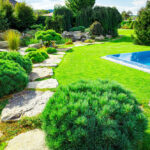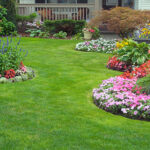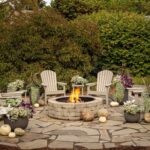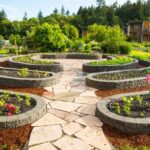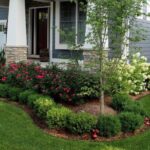Landscaping design is an important aspect of creating a beautiful and functional outdoor space. Whether you have a small backyard or a sprawling estate, thoughtful landscape design can enhance the overall look and feel of your property. From choosing the right plants and hardscape elements to creating a cohesive design that complements your home’s architecture, there are many factors to consider when planning your landscaping project.
One of the first steps in landscaping design is assessing your outdoor space and identifying any existing features that you want to highlight or address. This includes taking into account the shape and size of your yard, the position of your home and any existing trees or other vegetation. By understanding the layout of your property, you can better determine how to maximize its potential and create a cohesive design that enhances the overall aesthetic.
Another important aspect of landscaping design is selecting the right plants for your outdoor space. Consider factors such as climate, sunlight exposure and soil conditions when choosing plants for your garden. You may also want to think about incorporating a mix of colors, textures and heights to create visual interest and add dimension to your landscape. Additionally, consider the maintenance requirements of different plant species to ensure that your garden remains healthy and vibrant year-round.
In addition to plants, hardscape elements such as pathways, patios, retaining walls and water features can add structure and functionality to your outdoor space. When designing your landscape, think about how these elements can be integrated into the overall design to create a seamless and inviting outdoor environment. Whether you prefer a formal, structured look or a more natural, organic feel, incorporating hardscape elements can help to define and enhance your outdoor space.
Creating a harmonious landscape design also involves considering the overall style and theme of your home. For example, if you have a modern, minimalist home, you may want to incorporate clean lines and simple plantings to complement the architecture. On the other hand, if you have a traditional or rustic home, you may opt for more ornate plantings and hardscape features to create a cozy and welcoming outdoor retreat. By coordinating the design of your landscape with the style of your home, you can create a seamless transition between indoor and outdoor living spaces.
Ultimately, landscaping design is a creative and versatile process that allows homeowners to personalize their outdoor spaces and enhance the beauty and functionality of their properties. By carefully considering factors such as layout, plant selection, hardscape elements and home style, you can create a landscape that reflects your personal taste and complements your home. Whether you choose to work with a professional landscaper or tackle the project yourself, investing time and effort into thoughtful landscape design can result in a stunning and enjoyable outdoor space for years to come.



